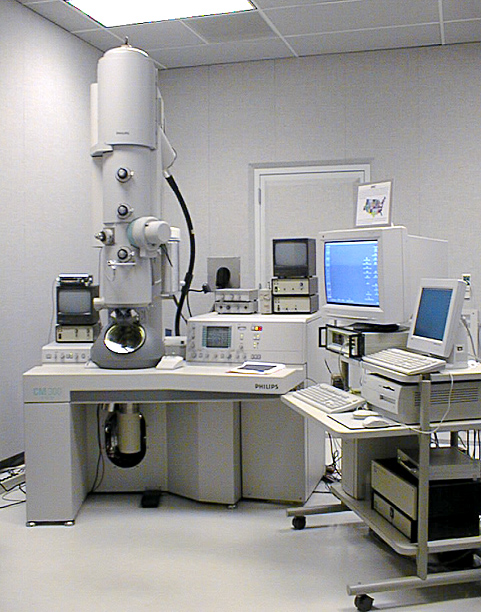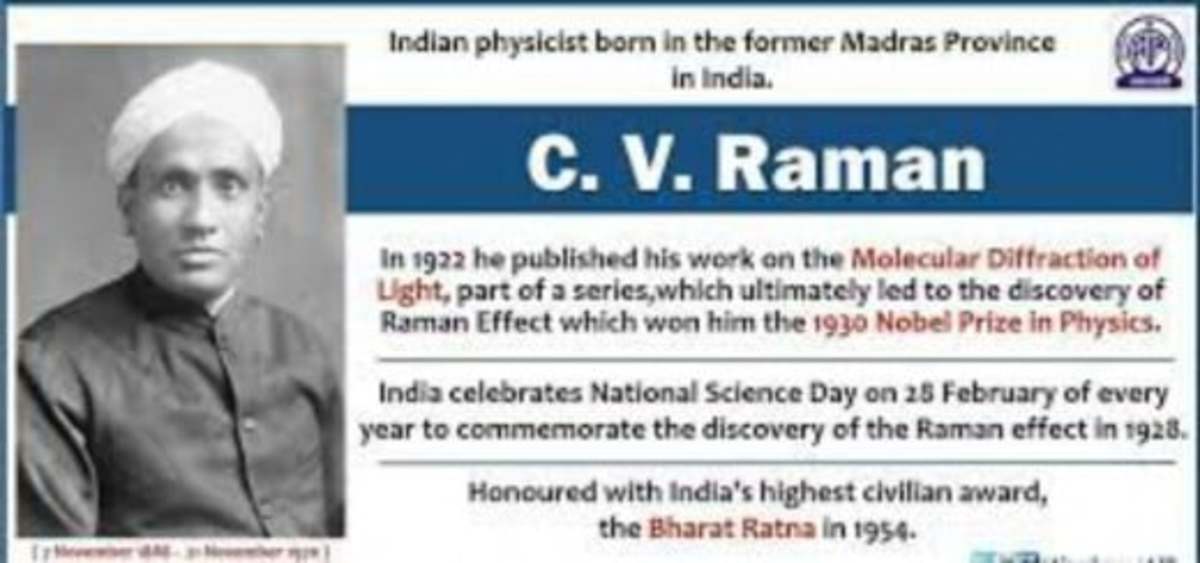Odd Microscopy
Light is the Weakness
Visible light usually ranges from about 400 nm to 700 nm in wavelength. The shorter the wavelength, the higher the energy.
In the 1800s microscopes became sophisticated enough to study incredibly small objects - microscopic organisms and organelles. Then they hit a snag - even when lenses got better and better, they could only magnify an image so much before the blur became a problem. They'd grind a better lense but the blur would still be there.
Then in the early 1900s, it was discovered that blue light could resolve an image better than red light. It was proposed that shorter wavelengths had better resolution power. Another person proposed that the resolution was proportional to the length of the object in focus. If you were looking at an object 500 nm across, light at 700 nm simply would not resolve it clearly. Hense blue light would resolve smaller objects than red.
Trick the Wavelength
So scientists ran into a snag with the whole wavelength issue. They simply could not resolve smaller objects. I don't know who came up with this brilliant idea, but someone decided "hey, let's change the wavelength we're observing at". Others scratched their heads "How?" Then the odd scientist pointed out that different substances transmit light slower than others without changing the frequency - effectively shortening the wavelength of light. This is the principle behind refracting. Water would dissolve half the objects observed, other solvents were too fluid or too colored.
Oil! Oil should do the trick. It's thick, somewhat dense, and it doesn't dissolve what you're observing - for the most part. The light would maintain frequency as it traveled through the oil, but would move slower. This shortened the wavelength of light so that it could resolve smaller objects.
And once the light bounced back through the oil and lenses it still appeared to be the normal colors, but now had a much sharper image. They had successfully tricked the wavelength!


Trick it Further
In the early 1900s a man named De Broglie postulated that all elementary particles have a wavelength and it is associated with its energy. They had already studied diffraction with light and many believed that only light portrayed diffraction.
When two scientists named Davisson and Germer were setting up an experiment accelerating electrons through a vacuum and accidentally leaked some air into the chamber and oxidized the cathode. When all was said and done they realized that the cathode had diffraction patterns in the oxidation. They had accidentally proven that electrons had wavelength and de Broglie accurately predicted its wavelength.
They noticed that electrons had extremely small wavelengths compared to visible light. Would it be possible to make a microscope capable of resolving even the smallest of objects using electron beams? It was theorized long before it was made reality. Certainly enough, though, they figured that because electrons had smaller wavelengths they could resolve smaller objects. Nowadays, we have electron microscopes capable of studying objects less than a hundredth of a micrometer across. At that point, the only objects smaller are atoms themselves, which take a scanning tunneling microscope to observe.
To the side are a picture of a microscope and one taken by a microscope. Note how clear the details are down to the tiniest fiber. Science has come a long way. Just think where we'll be in a hundred years - every junior high school might have one of these.





